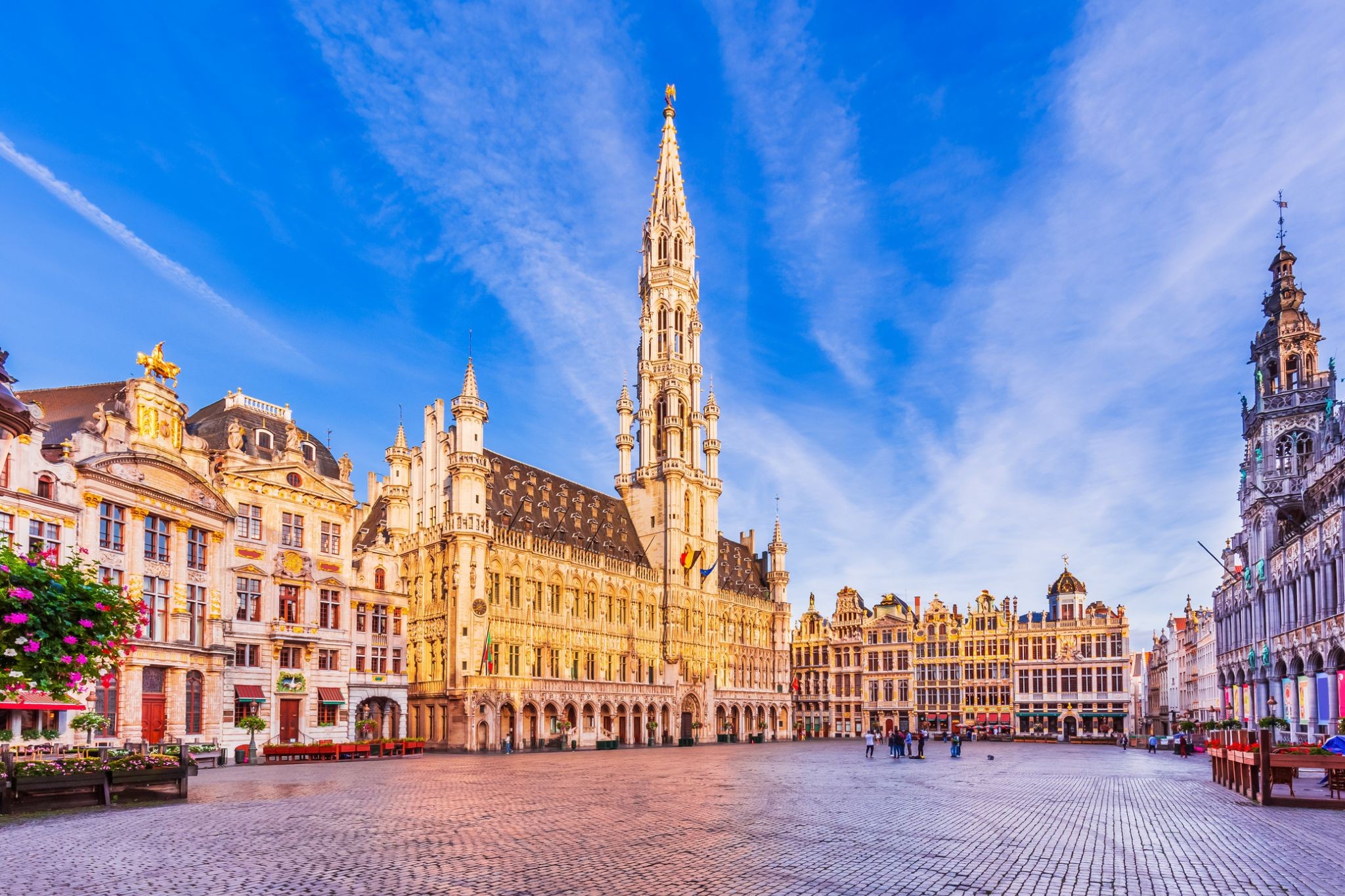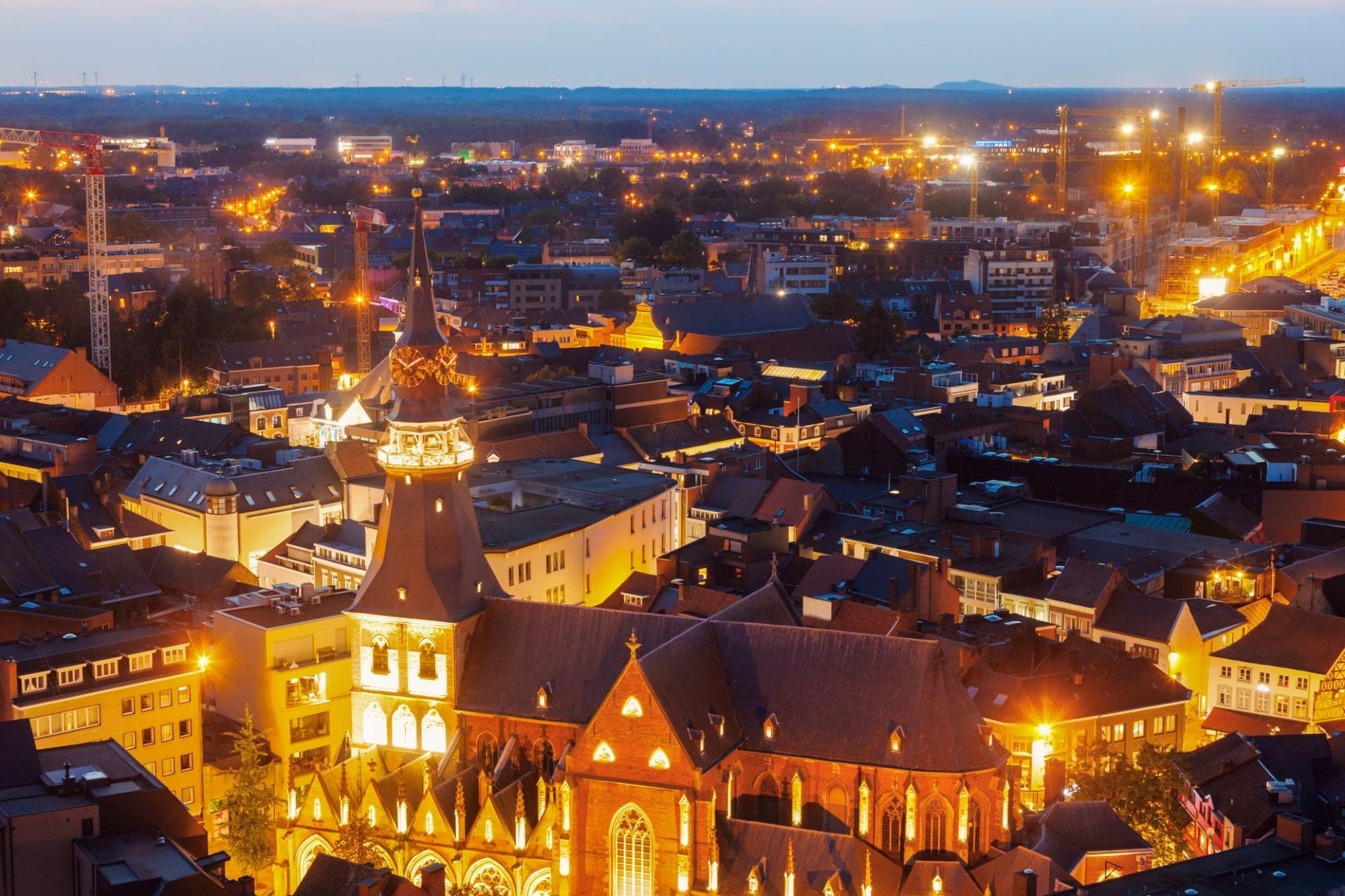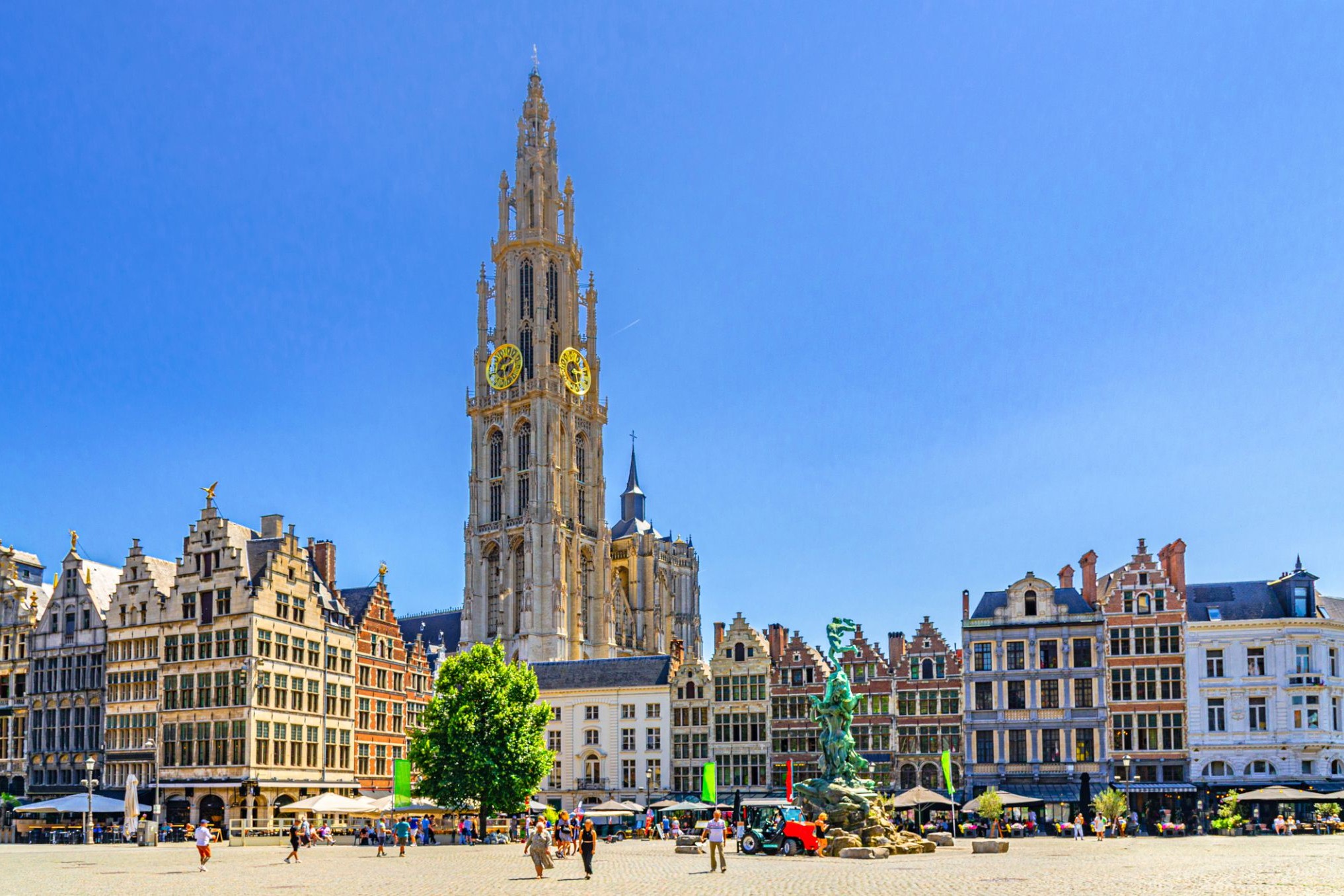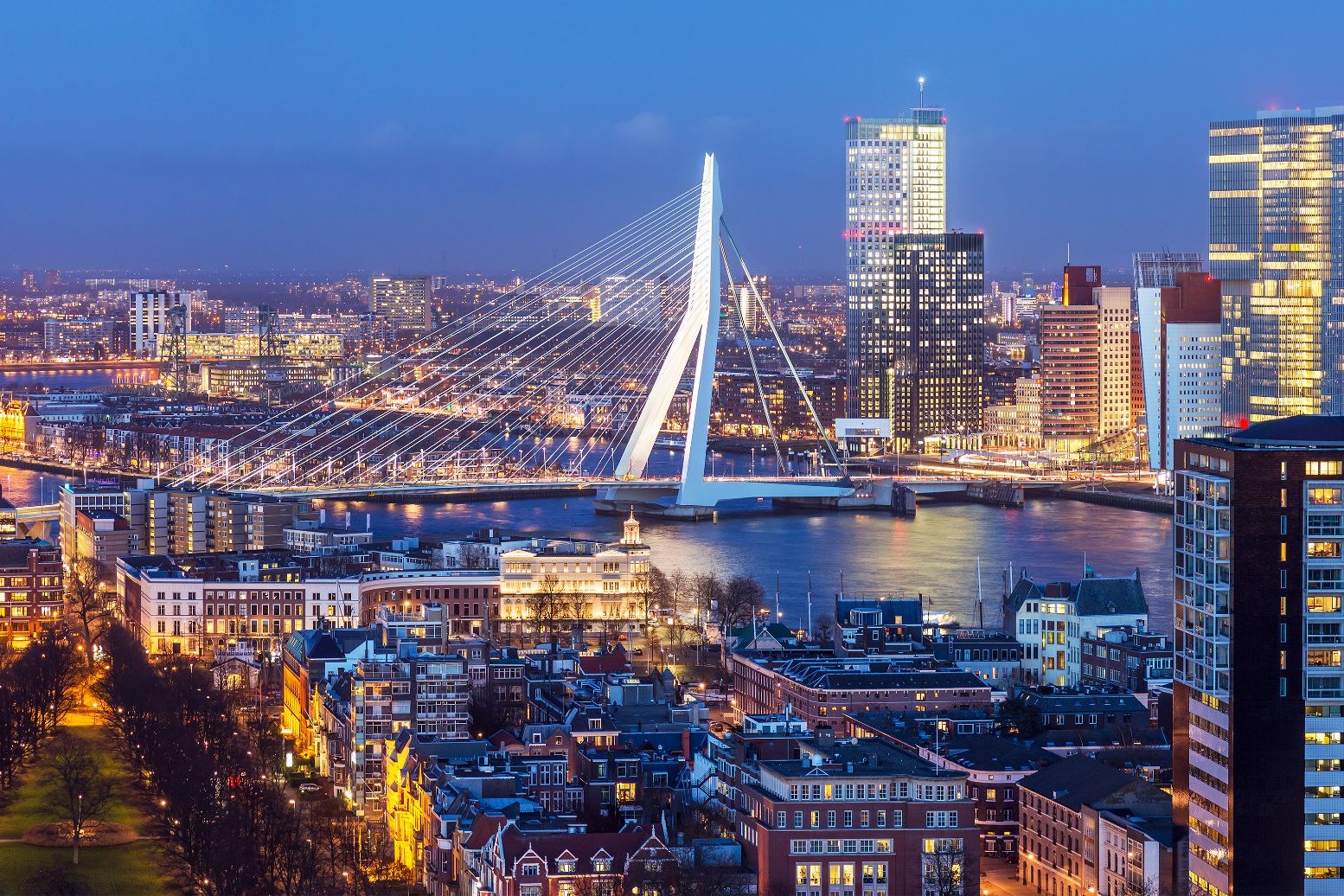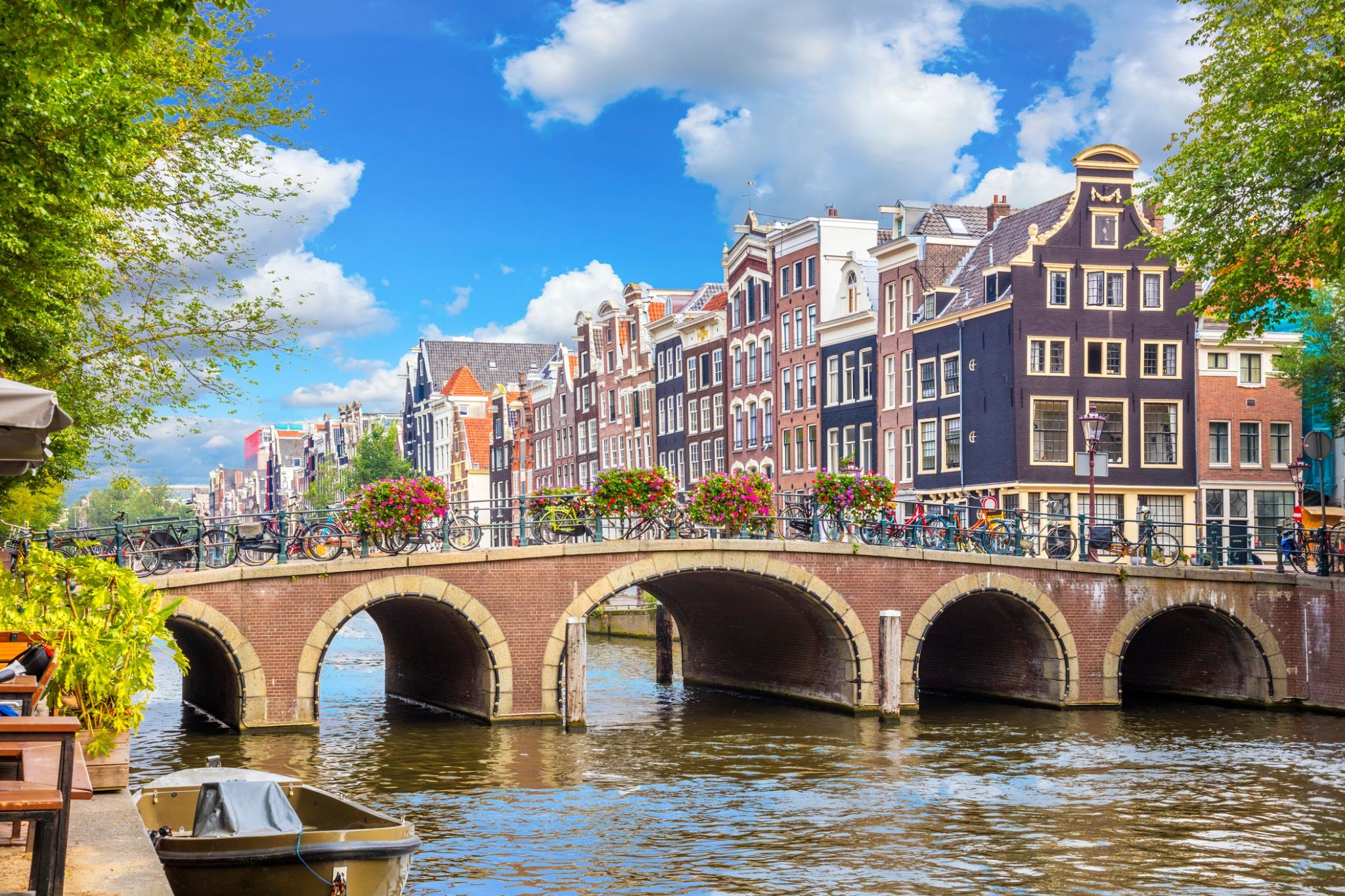Rejs 30 893 185
Holenderskie i belgijskie święto (2026)
| Firma : Uniworld |
| Statek : S.S. Victoria |
| Data rozpoczęcia : śr. 23 gru 2026 |
| Data zakończenia : sob. 02 sty 2027 |
| Liczba nocy : 10 nocy |
Harmonogram
| Dzień | Data | Port |
|---|---|---|
| 1 | 23.12 śr. | Bruksela / Belgia |
| 2 | 24.12 czw. | Bruksela / Belgia |
| 3 | 25.12 pt. | Gandawa / Belgia |
| 4 | 26.12 sob. | Hasselt / Belgia |
| 5 | 27.12 niedz. | Maastricht / Holandia |
| 6 | 28.12 pon. | Antwerpia / Belgia |
| 7 | 29.12 wt. | Antwerpia / Belgia |
| 8 | 30.12 śr. | Rotterdam / Holandia |
| 9 | 31.12 czw. | Amsterdam / Holandia |
| 10 | 1.01 pt. | Amsterdam / Holandia |
| 11 | 2.01 sob. | Amsterdam / Holandia |
-
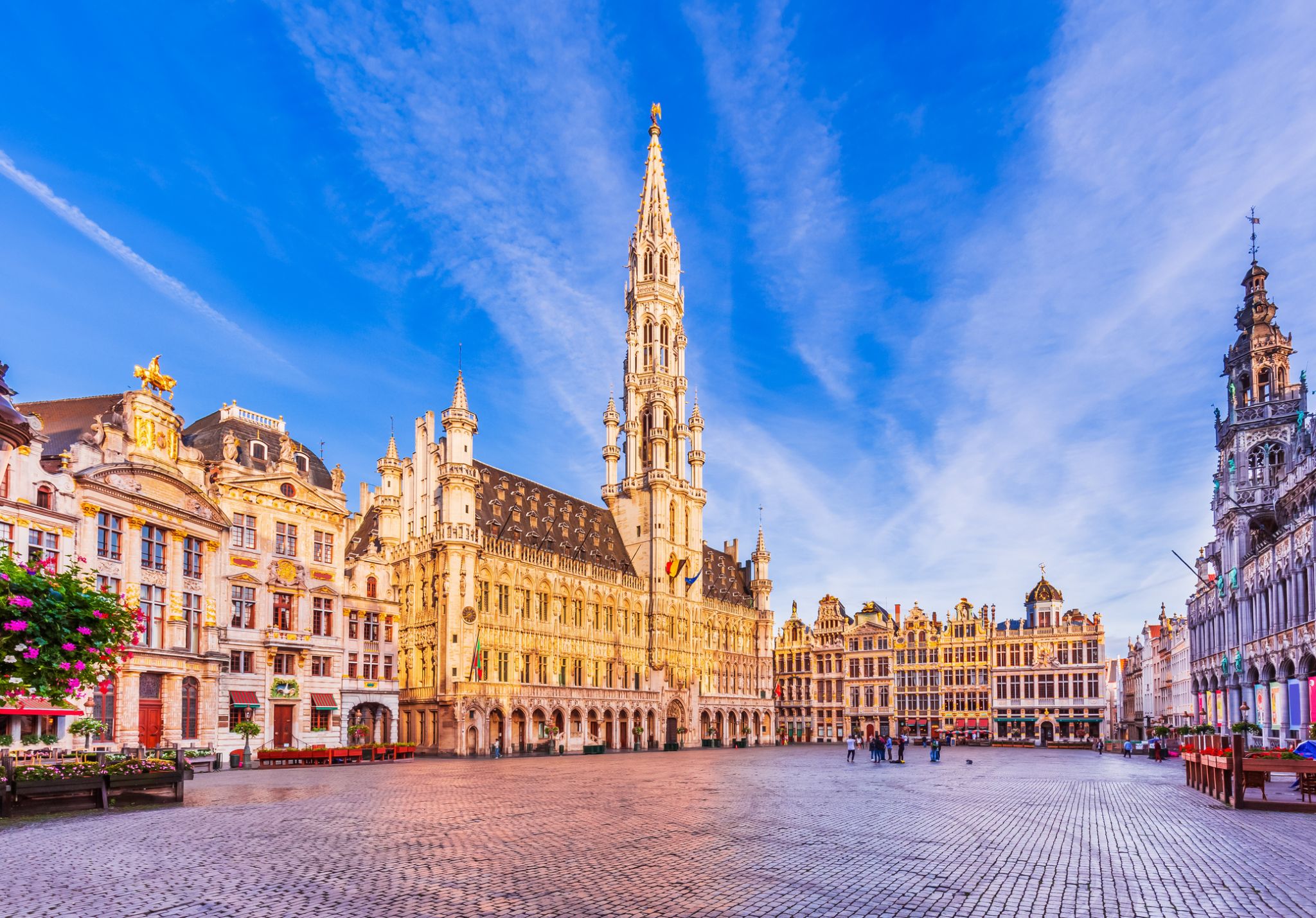 Dzień 1:
Dzień 1:Bruksela / Belgia
Bruksela, oficjalnie Region Stołeczny Brukseli, jest regionem Belgii składającym się z 19 gmin, w tym miasta Brukseli, które jest stolicą Belgii. Region Stołeczny Brukseli położony jest w centralnej części kraju i jest częścią zarówno Francuskiej Wspólnoty Belgii, jak i Wspólnoty Flamandzkiej, ale jest oddzielny od Regionu Flamandzkiego (w którym tworzy enklawę) i Regionu Walonii. Bruksela jest najgęściej zaludnionym i najbogatszym regionem Belgii pod względem PKB na mieszkańca. Zajmuje powierzchnię 161 km² (62 mil kwadratowych), stosunkowo niewielką w porównaniu z dwoma innymi regionami, i liczy 1,2 miliona mieszkańców. Obszar metropolitalny Brukseli liczy ponad 2,1 miliona ludzi, co czyni go największym w Belgii. Jest również częścią dużej konurbacji rozciągającej się w kierunku Gandawy, Antwerpii, Leuven i Brabancji Walońskiej, zamieszkałej przez ponad 5 milionów ludzi.
Bruksela rozwinęła się z małej wiejskiej osady nad rzeką Senne w ważne miasto-region w Europie. Od końca II wojny światowej jest głównym ośrodkiem polityki międzynarodowej i siedzibą licznych organizacji międzynarodowych, polityków, dyplomatów i urzędników. Bruksela jest de facto stolicą Unii Europejskiej, ponieważ gości wiele głównych instytucji UE (dwie pozostałe stolice to Luksemburg i Strasburg), a jej nazwa jest czasami używana metonimicznie do opisania UE i jej instytucji. Sekretariat Beneluksu i siedziba NATO również znajdują się w Brukseli. Jako stolica gospodarcza Belgii i jedno z czołowych centrów finansowych Europy Zachodniej z Euronext Brussels, jest klasyfikowana jako miasto globalne Alpha. Bruksela jest węzłem komunikacji kolejowej, drogowej i lotniczej, czasami zyskując miano "Rozdroża Europy". Metro w Brukseli jest jedynym systemem szybkiego transportu w Belgii. Ponadto zarówno jej lotnisko, jak i dworce kolejowe są największe i najbardziej ruchliwe w kraju.
Historycznie niderlandzkojęzyczna Bruksela przeszła zmianę językową na francuski od końca XIX wieku. Region Stołeczny Brukseli jest oficjalnie dwujęzyczny (francuski i niderlandzki), chociaż francuski jest obecnie de facto głównym językiem, którym posługuje się ponad 90% populacji. Bruksela staje się również coraz bardziej wielojęzyczna. Angielski jest drugim językiem dla prawie jednej trzeciej populacji, a duża liczba migrantów i ekspatów mówi innymi językami.
Bruksela znana jest ze swojej kuchni i gastronomii, a także zabytków historycznych i architektonicznych; niektóre z nich są wpisane na Listę Światowego Dziedzictwa UNESCO. Główne atrakcje to jej historyczny Grand Place, Manneken Pis, Atomium oraz instytucje kulturalne, takie jak La Monnaie i Muzea Sztuki i Historii. Jest także stolicą komiksu.
-
 Dzień 2:
Dzień 2:Bruksela / Belgia
Bruksela, oficjalnie Region Stołeczny Brukseli, jest regionem Belgii składającym się z 19 gmin, w tym miasta Brukseli, które jest stolicą Belgii. Region Stołeczny Brukseli położony jest w centralnej części kraju i jest częścią zarówno Francuskiej Wspólnoty Belgii, jak i Wspólnoty Flamandzkiej, ale jest oddzielny od Regionu Flamandzkiego (w którym tworzy enklawę) i Regionu Walonii. Bruksela jest najgęściej zaludnionym i najbogatszym regionem Belgii pod względem PKB na mieszkańca. Zajmuje powierzchnię 161 km² (62 mil kwadratowych), stosunkowo niewielką w porównaniu z dwoma innymi regionami, i liczy 1,2 miliona mieszkańców. Obszar metropolitalny Brukseli liczy ponad 2,1 miliona ludzi, co czyni go największym w Belgii. Jest również częścią dużej konurbacji rozciągającej się w kierunku Gandawy, Antwerpii, Leuven i Brabancji Walońskiej, zamieszkałej przez ponad 5 milionów ludzi.
Bruksela rozwinęła się z małej wiejskiej osady nad rzeką Senne w ważne miasto-region w Europie. Od końca II wojny światowej jest głównym ośrodkiem polityki międzynarodowej i siedzibą licznych organizacji międzynarodowych, polityków, dyplomatów i urzędników. Bruksela jest de facto stolicą Unii Europejskiej, ponieważ gości wiele głównych instytucji UE (dwie pozostałe stolice to Luksemburg i Strasburg), a jej nazwa jest czasami używana metonimicznie do opisania UE i jej instytucji. Sekretariat Beneluksu i siedziba NATO również znajdują się w Brukseli. Jako stolica gospodarcza Belgii i jedno z czołowych centrów finansowych Europy Zachodniej z Euronext Brussels, jest klasyfikowana jako miasto globalne Alpha. Bruksela jest węzłem komunikacji kolejowej, drogowej i lotniczej, czasami zyskując miano "Rozdroża Europy". Metro w Brukseli jest jedynym systemem szybkiego transportu w Belgii. Ponadto zarówno jej lotnisko, jak i dworce kolejowe są największe i najbardziej ruchliwe w kraju.
Historycznie niderlandzkojęzyczna Bruksela przeszła zmianę językową na francuski od końca XIX wieku. Region Stołeczny Brukseli jest oficjalnie dwujęzyczny (francuski i niderlandzki), chociaż francuski jest obecnie de facto głównym językiem, którym posługuje się ponad 90% populacji. Bruksela staje się również coraz bardziej wielojęzyczna. Angielski jest drugim językiem dla prawie jednej trzeciej populacji, a duża liczba migrantów i ekspatów mówi innymi językami.
Bruksela znana jest ze swojej kuchni i gastronomii, a także zabytków historycznych i architektonicznych; niektóre z nich są wpisane na Listę Światowego Dziedzictwa UNESCO. Główne atrakcje to jej historyczny Grand Place, Manneken Pis, Atomium oraz instytucje kulturalne, takie jak La Monnaie i Muzea Sztuki i Historii. Jest także stolicą komiksu.
-
 Dzień 3:
Dzień 3:Gandawa / Belgia
Ghent is a historic city in Belgium that has preserved many monuments whose history dates back to the Early Middle Ages, but this does not prevent Ghent from being a modern city.
In terms of the number of historical monuments, Ghent may only be second to Antwerp. In Ghent, you can see castles, including the Castle of the Counts of Flanders, cathedrals, and towers. The city's museums, where you can clearly learn about the history of Ghent, are also of great interest. And for those who like to stroll through the city on their own, there is the pedestrian street Veldstraat, which attracts with its old houses and private mansions that, by the way, intersect with trendy shops.
-
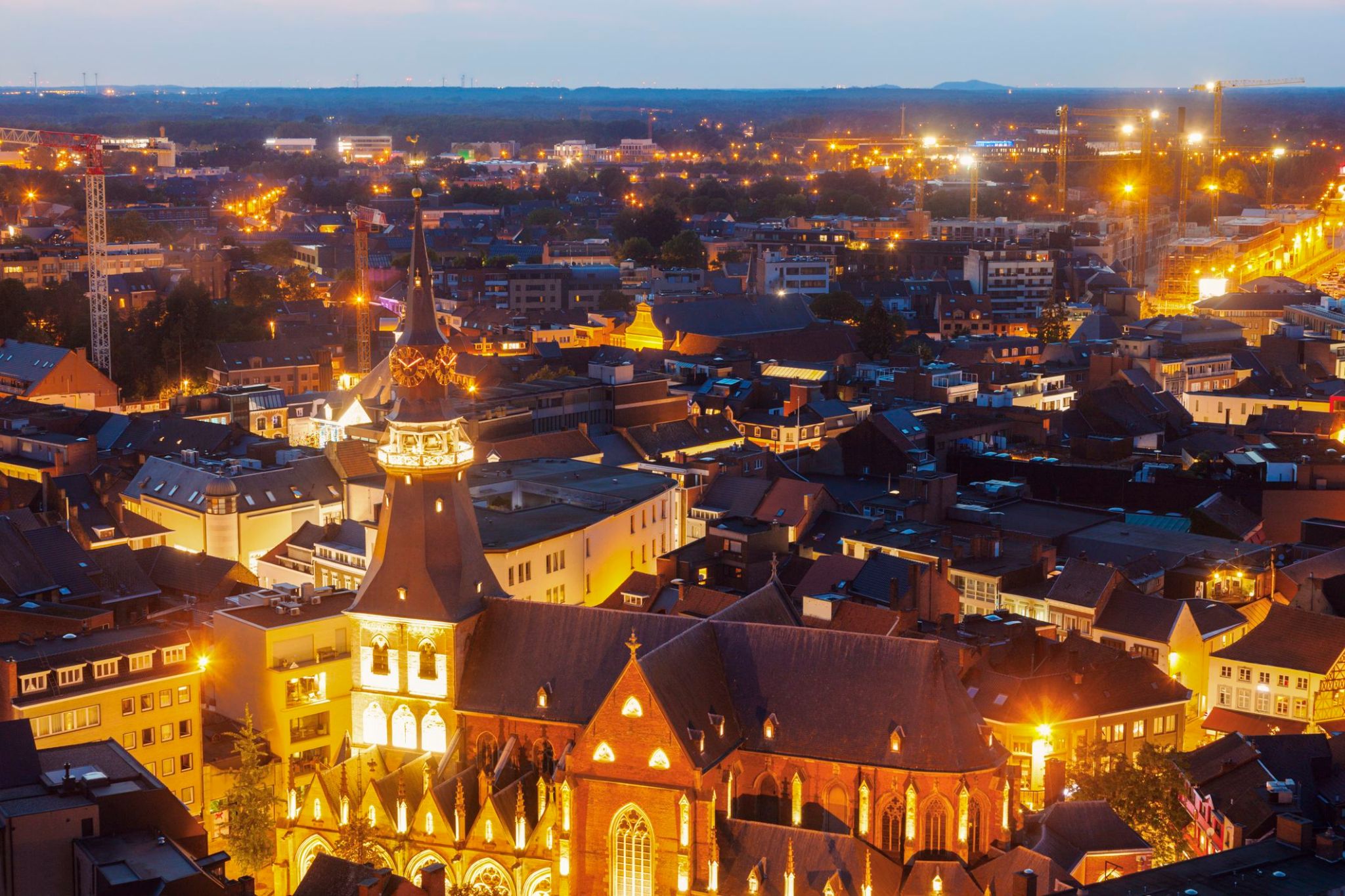 Dzień 4:
Dzień 4:Hasselt / Belgia
Hasselt to przytulne i klimatyczne miasto położone w Belgii, w regionie Flandria-Brabant. Miasto jest znane z unikalnej architektury, łączącej nowoczesne i historyczne budynki, a także pięknych terenów zielonych, które idealnie nadają się na spacery. Szczególną atrakcją jest plac Vrijthof, który stanowi serce miasta, oraz stare budynki, które odzwierciedlają bogatą historię Hasselt.
Jedną z głównych atrakcji miasta jest Muzeum Mody, które przyciąga uwagę nie tylko mieszkańców, ale także turystów z całego świata. Hasselt słynie również z browarów i przytulnych kawiarni, w których można spróbować słynnego belgijskiego piwa. Malownicze wiejskie krajobrazy i lasy wokół miasta oferują doskonałe możliwości do aktywnego wypoczynku i spacerów na łonie natury.
-
 Dzień 5:
Dzień 5:Maastricht / Holandia
-
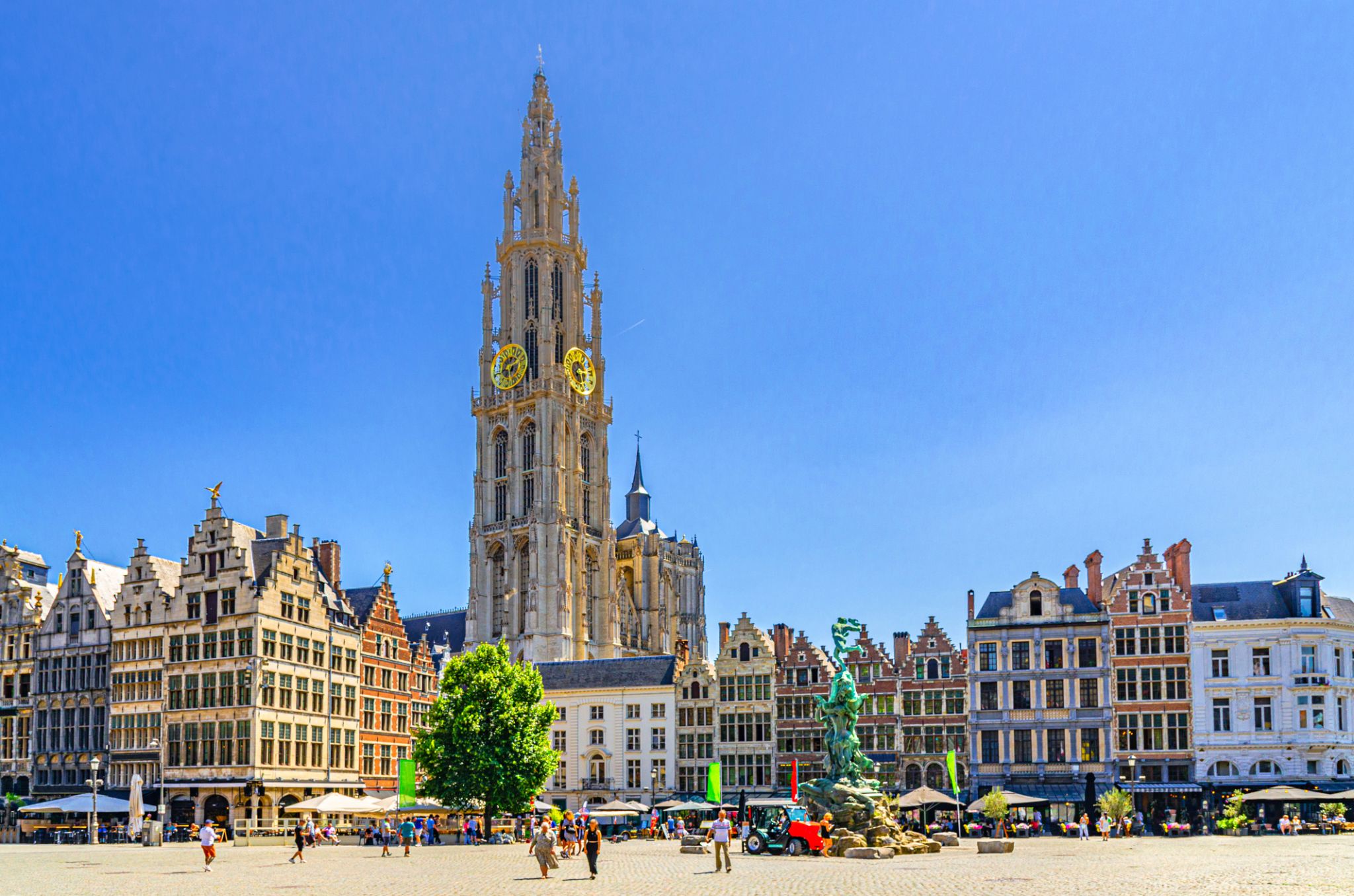 Dzień 6:
Dzień 6:Antwerpia / Belgia
a port in northern Belgium, on the Scheldt River; population 472,071 (2008). By the 16th century, it was a leading European commercial and financial center. Flemish name Antwerpen.
-
 Dzień 7:
Dzień 7:Antwerpia / Belgia
a port in northern Belgium, on the Scheldt River; population 472,071 (2008). By the 16th century, it was a leading European commercial and financial center. Flemish name Antwerpen.
-
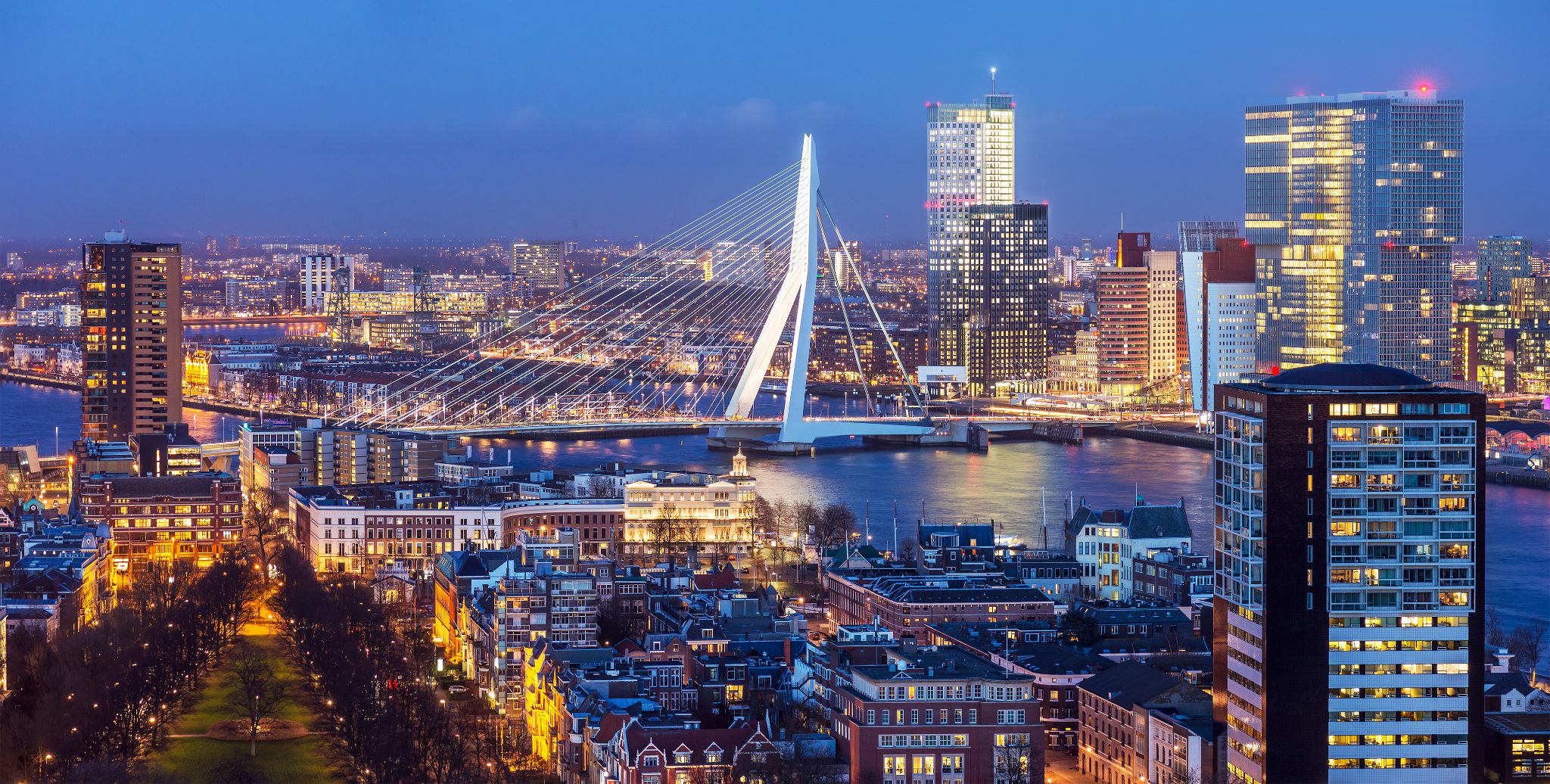 Dzień 8:
Dzień 8:Rotterdam / Holandia
Rotterdam is the second-largest city and a municipality of the Netherlands. It is located in the province of South Holland, at the mouth of the Nieuwe Maaschannel leading into the Rhine–Meuse–Scheldt delta at the North Sea. Its history goes back to 1270, when a damwas constructed in the Rotte, after which people settled around it for safety. In 1340, Rotterdam was granted city rights by the Count of Holland.
A major logistic and economic centre, Rotterdam is Europe's largest port. It has a population of 633,471 (2017).Rotterdam is known for its Erasmus University, its riverside setting, lively cultural life and maritime heritage. The near-complete destruction of the city centre in the World War II Rotterdam Blitz has resulted in a varied architectural landscape, including sky-scrapers (an uncommon sight in other Dutch cities) designed by renowned architects such as Rem Koolhaas, Piet Blom and Ben van Berkel.
The Rhine, Meuse and Scheldt give waterway access into the heart of Western Europe, including the highly industrialized Ruhr. The extensive distribution system including rail, roads, and waterways have earned Rotterdam the nicknames "Gateway to Europe" and "Gateway to the World".
-
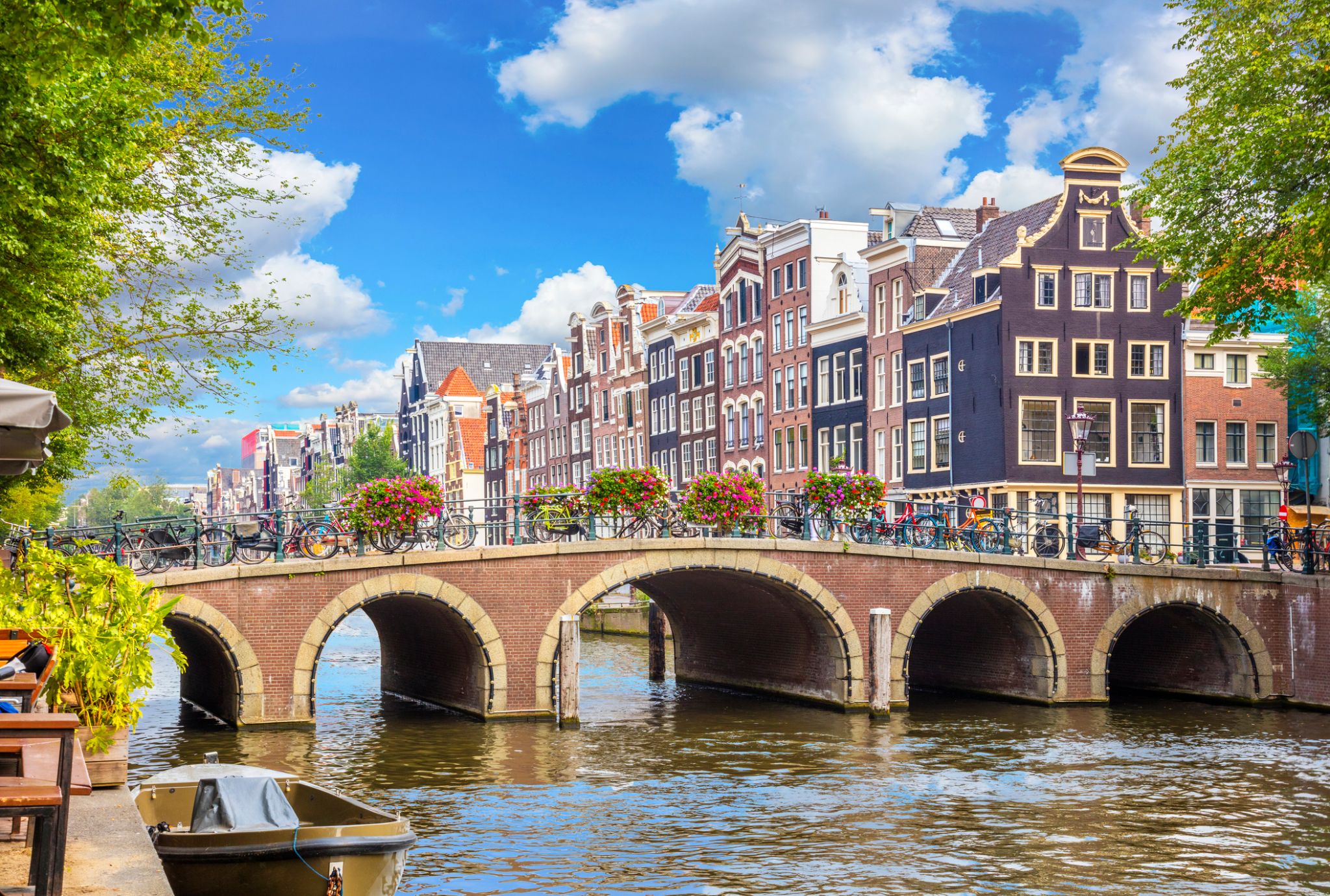 Dzień 9:
Dzień 9:Amsterdam / Holandia
Amsterdam is the capital city and most populous municipality of the Netherlands. Its status as the capital is mandated by the Constitution of the Netherlands, although it is not the seat of the government, which is The Hague. Amsterdam has a population of 851,373 within the city proper, 1,351,587 in the urban area] and 2,410,960 in the metropolitan area. The city is located in the province of North Holland in the west of the country but is not its capital, which is Haarlem. The metropolitan area comprises much of the northern part of the Randstad, one of the larger conurbations in Europe, with a population of approximately 8 million.
-
 Dzień 10:
Dzień 10:Amsterdam / Holandia
Amsterdam is the capital city and most populous municipality of the Netherlands. Its status as the capital is mandated by the Constitution of the Netherlands, although it is not the seat of the government, which is The Hague. Amsterdam has a population of 851,373 within the city proper, 1,351,587 in the urban area] and 2,410,960 in the metropolitan area. The city is located in the province of North Holland in the west of the country but is not its capital, which is Haarlem. The metropolitan area comprises much of the northern part of the Randstad, one of the larger conurbations in Europe, with a population of approximately 8 million.
-
 Dzień 11:
Dzień 11:Amsterdam / Holandia
Amsterdam is the capital city and most populous municipality of the Netherlands. Its status as the capital is mandated by the Constitution of the Netherlands, although it is not the seat of the government, which is The Hague. Amsterdam has a population of 851,373 within the city proper, 1,351,587 in the urban area] and 2,410,960 in the metropolitan area. The city is located in the province of North Holland in the west of the country but is not its capital, which is Haarlem. The metropolitan area comprises much of the northern part of the Randstad, one of the larger conurbations in Europe, with a population of approximately 8 million.

